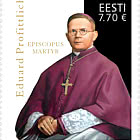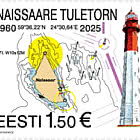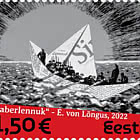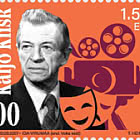JOHANN KÖLER (1826–1899) was the first Estonian painter to acquire an academic education in art. He founded the Estonian portrait and landscape painting, and partially the Estonian genre painting as well. Köler was awarded a small gold medal upon graduation from the St. Petersburg Academy of Arts. He was part of the rise of the Estonian national awakening by acting as an intermediary between the Estonian nationals and the Russian authorities.
KONRAD MÄGI (1878–1925) was one of the most colour-sensitive Estonian painters of the first decades of the 20th century and he developed his style by moderate interpretation of aspects of modern art. Even though his creative career lasted a mere 20 years, Mägi had significant influence on the art of his time and that of the future. In addition to his home country, a great deal of Konrad Mägi’s works have been created while travelling in countries like Finland, Denmark, Norway, France, Italy and Germany.
The creations of KARIN LUTS (1904–1993) are among the most fascinating and intriguing of Estonian art in the 1920s–1930s. In 1944, Luts escaped to Sweden, where she devoted herself fully to art. During the mid-1950s, Luts found a new challenge in graphics, which brought her more attention and international recognition.
FELIX RANDEL’S (1901–1977) cubist paintings are grandiose, have strong generalized form and get their integrity from skilled composition. Randel’s daring and bright colouring is focused on the rhythms of red shades. His works have been displayed at exhibitions since the 1924. Caricatures from the end of 1950s are considered to be the finest works of Randel from the post-war period.










































